From Laoag and Pagudpud, we reached Vigan on our last day in Ilocos. Among these three places, it’s Vigan that I was most excited about because of its rich history. I was thrilled to know what it feels to be in the Philippines’ most extensive and only surviving historic city that even dates back to the 16th century Spanish colonial period.
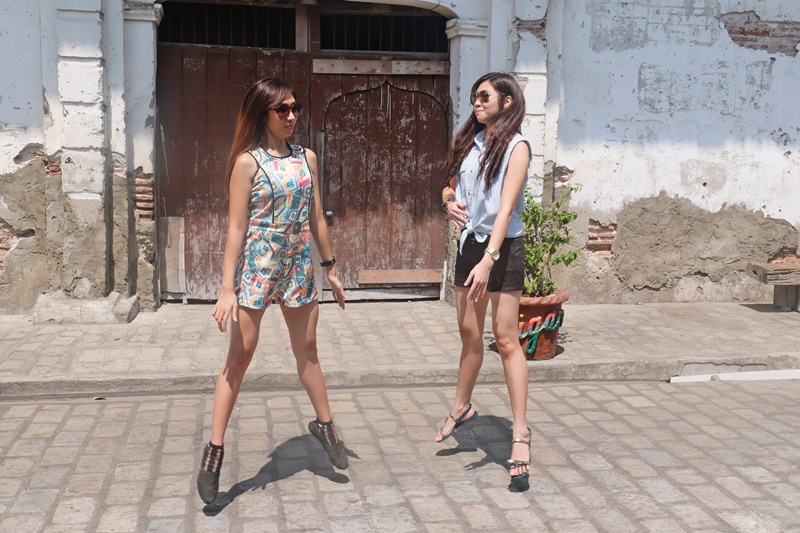
Vigan is one of the few Hispanic towns left in the country where structures remained intact. It is now considered as a UNESCO World Heritage Site. We managed to see all the beautiful highlights in our half-day tour. In this article, I’m sharing the top seven tourist attractions in Vigan which should be included in any traveler’s itinerary. 🙂
Top 7 Places We Visited in Vigan, Ilocos Sur (Holy Week)
1. Calle Crisologo
Our final morning in Ilocos Sur started with a buffet breakfast at the hotel we stayed in. Shortly, the driver and our travel guide sent us to Calle Crisologo, the Heritage Village of Vigan, Ilocos Sur. It’s a long street lined with heritage houses and shops selling souvenir items, local food specialties (bagnet, Vigan empanada, and longganisa), handmade crafts, and wooden furniture.
Calle Crisologo was established before the time of the Galleon Trade. It served as the business center of the migratory traders including the Chinese, Spanish, Mexican, Japanese and other European businessmen. This was even before the coming of Spanish explorers to the Philippines in the 15th century.
We learned that almost all the buildings are original and unchanged. Some shops have posters outside or beside their doors stating about the history and owners of the establishments. The exterior designs looked dated but charming and perfect as backgrounds of portraits. When you look closer, you will see the evident signs of the structures that have survived many natural and man-made calamities throughout the centuries.
Cars are not allowed to pass through the street because of vehicular traffic. Since horse-drawn carriages were used as transport services in the past, tourists can ride calesas to further experience Calle Crisologo’s old-style ambiance. Rate is PhP 150/hour. Although tempting, we did not choose to take the calesa ride because we wanted to better explore this historical site by foot. Calle Crisologo is really a virtual tourist playground! 🙂
Part of the UNESCO World Heritage Site declaration for the Historic Town of Vigan in 1999, St. Paul’s Cathedral or the Vigan Cathedral is a major religious landmark not only of northern Luzon but also the country. It has been a center of Roman Catholic devotion for centuries. The original structure was built in 1574 upon the command of the Spanish founder of Vigan, Juan de Salcedo and was completed in 1800. It was a mere chapel then, made of wood and thatch. In 1641, the chapel was replaced by a church.
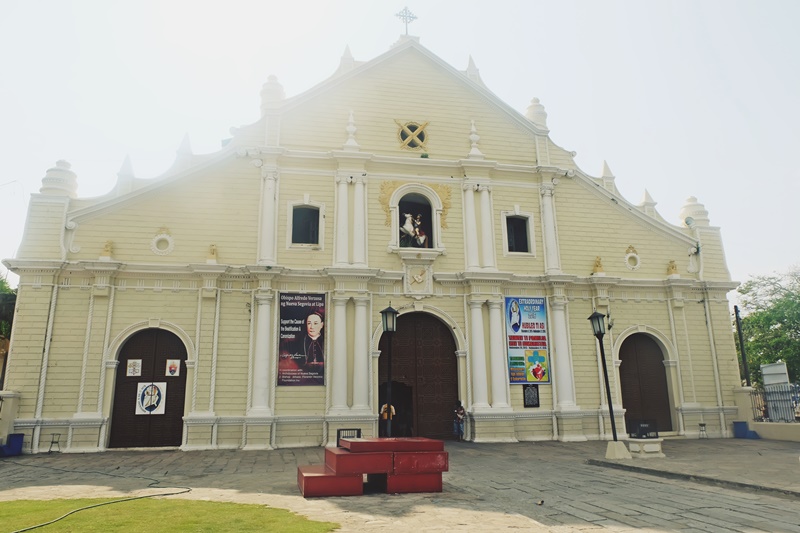
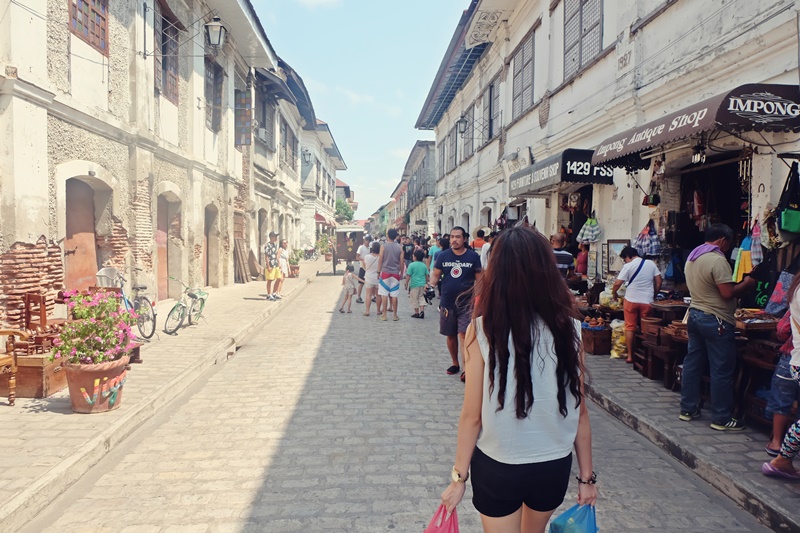
We stopped by for a moment and acknowledged the presence of the lord. My dad got tired of walking, so he rested inside while we continued to explore its surroundings.
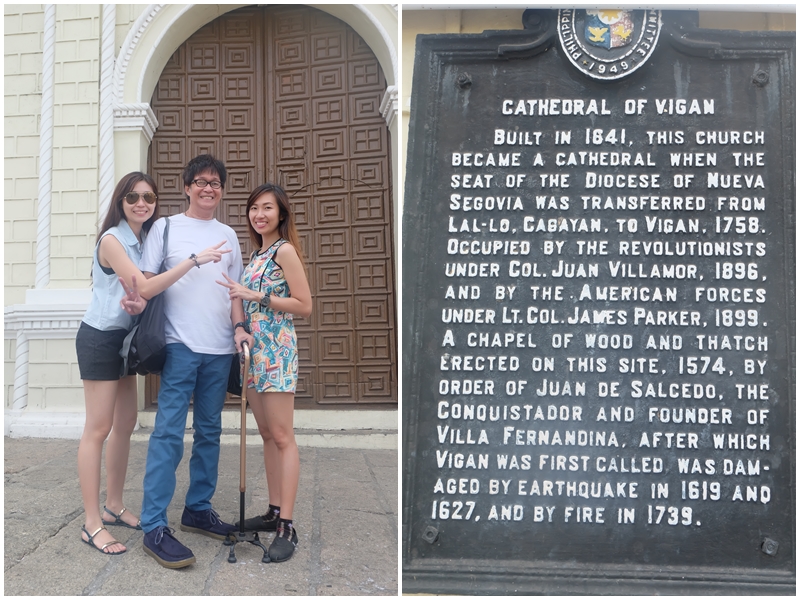
From the outside, the design of St. Paul’s Cathedral follows a Baroque architectural design that has been modified by Ilocanos to strengthen the structure against earthquakes. This is now known as Earthquake Baroque. It also has Neo-Gothic, Romanesque and Chinese inspired embellishments.
3. Cafe Leona
There are many restaurants lined up around the area of Calle Crisologo, but we decided to go to Cafe Leona to sample the popular delicacies in Vigan—rather than dining at those that have branches in Metro Manila (the likes of Max’s Restaurant, Red Ribbon, Shakey’s, Mang Inasal, etc.).
Cafe Leona was named after the popular Ilocano poet, Leona Florentino. She was also the original owner of the house where the restaurant now stands. Her monument was positioned just across the venue.
A table here was “gloriously” hard to obtain. Apparently, it’s the place everyone was raving about. Cafe Leona bagged top rank in the lists of so many bloggers and the press as well. People queued outside like sheep. What made waiting time seemed longer was that service was slow and it almost took forever for our dishes to land at the table. Luckily, my dad sat by the door an hour before opening so he was one of the earliest to enter.
I’m happy to report anyway that in terms of food variety and taste, Cafe Leona turned out as a solid choice and it was worth the wait. It serves a mix of Filipino, Japanese, European and other international cuisines. Sticking with authentic Vigan City favorites, we ordered sets of the Cafe Leona Native Special, which consisted of bangus, longganisa, bagnet, pinakbet, and rice. My dad had sizzling vegetables with delicious sauce.
The Crisologo Museum, also known as “Vigan House National Historical Institute Branch,” is a museum that used to be the ancestral home of statesman Floro S. Crisologo. This place houses the memorabilia of the Crisologo clan and some private collections of religious figures and antiques.
Through the old publications posted in the museum and stories told by my dad, we learned that the Crisologo family is prominent in Vigan with their political background. Flor Crisologo used to be a congressman who worked towards the ratification of the Tobacco Law and the establishment of the Social Security System.
On October 18, 1970, he was assassinated in the Vigan Cathedral by a lone gunman. In his memory, his family transformed their residence into a public museum, a structural proof that’s open to the public from Monday to Saturday from 9AM to 5PM. There’s no entrance fee here but donations are welcome.
5. Pagburnayan Jar Making
Next, we went to a place that specializes in making earthenware the locals call “burnay” (pottery or jars). We passed through its dark warehouse and saw many forms, sizes, designs, and shapes of jars. There was a man teaching a group of teens on how the jar was being formed from clay through the use of the pottery wheel and kiln.
Later, he asked for a volunteer who would want to try making burnay. My mom was first to raise her hand. Although she was not successful in producing a jar close to the desired shape, it was a great first-hand experience for her. 🙂
The craft of burnay-making requires time to practice and a lot of patience. Jars made in Vigan are popular to both local and foreign tourists. They are used for storing tea, water, spices like bagoong (shrimp paste), and wine (basi). Some people use them as decorations and displays in homes.
6. Bantay Church
Established in 1590, Bantay Church or “Saint Augustine Parish Church” in Vigan is 10-15 minutes of drive away from Calle Crisologo. This church served as a watchtower for pirates back in the Spanish colonial era, and this was where its name was derived: bantay (translating to “guard” in English).
During World War I and II, Bantay Church also served as a watchtower for invading enemy forces because of its strategic location. It’s interesting to know that a church can possibly be a place for worship and also a reliable shield against various atrocities in the past.
7. Bantay Bell Tower
Just a few steps away from Bantay Church, the Bantay Bell Tower doubled an an observation tower during the war. It was not directly attached to the Bantay Church because people then feared that it might squash the church and cause collapse when there’s an earthquake.
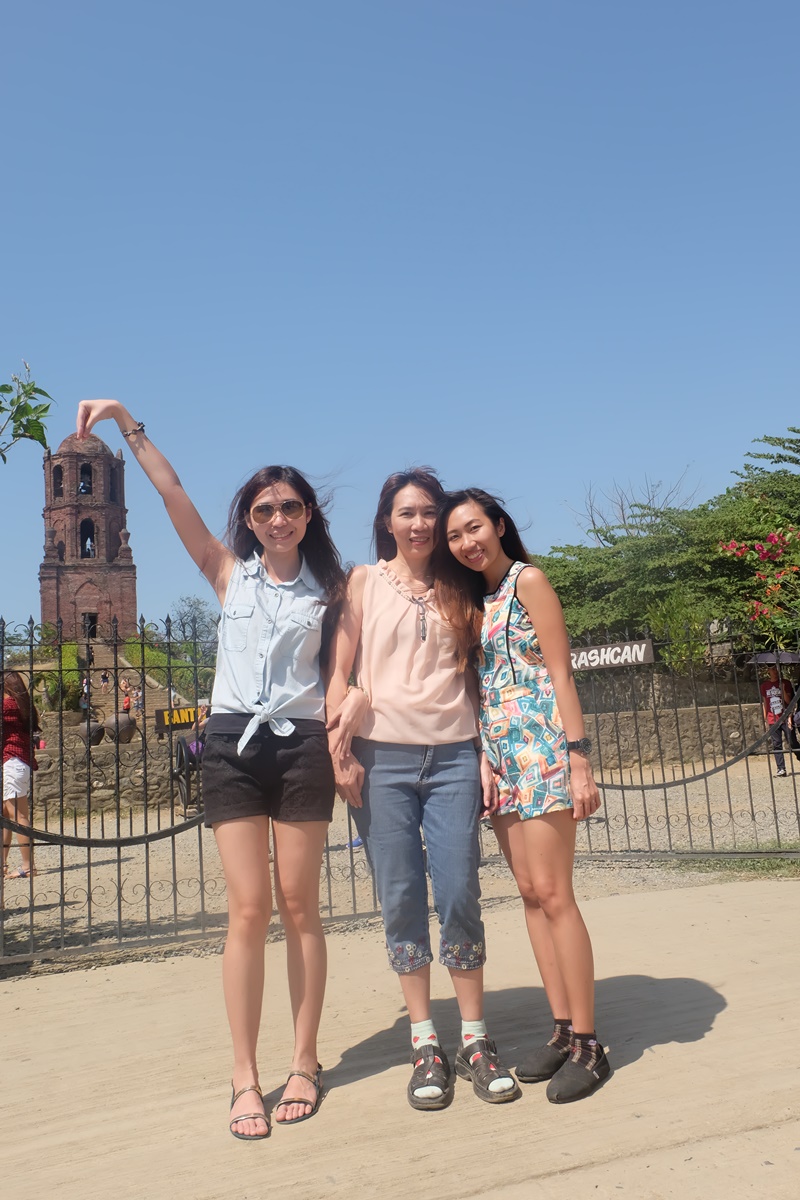
A silent witness to the historical events, the tower was built on a mound in 1591. It was also in this territory where Diego Silang and his troops were said to have fought with the Spaniards in 1763. (Note: Diego Silang was a revolutionary leader who conspired with British forces to overthrow Spanish rule in the northern Philippines and establish an independent Ilocano nation.)
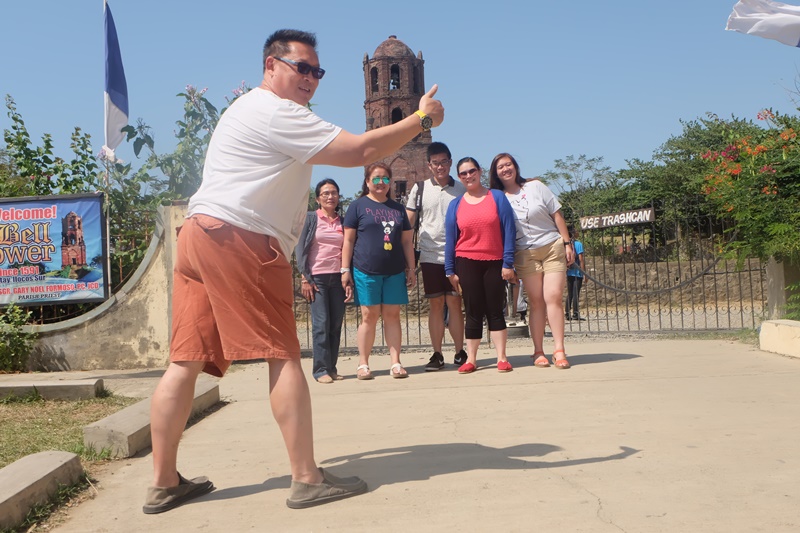
Entering and climbing up the iconic red brick tower required registration and donation (at least PhP 100/pax, according to my mom), for the maintenance of the site. From the top, a 360-degree view of the town could be seen. The gates close at 5:00PM so plan your trip accordingly.


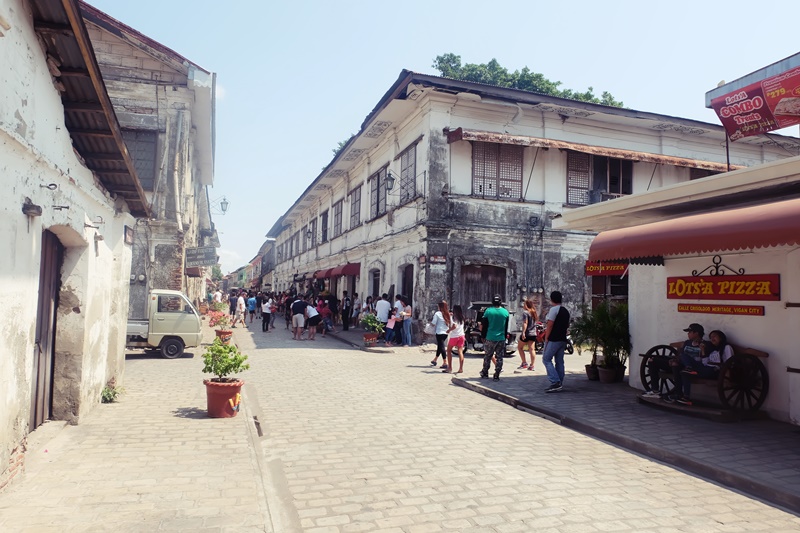
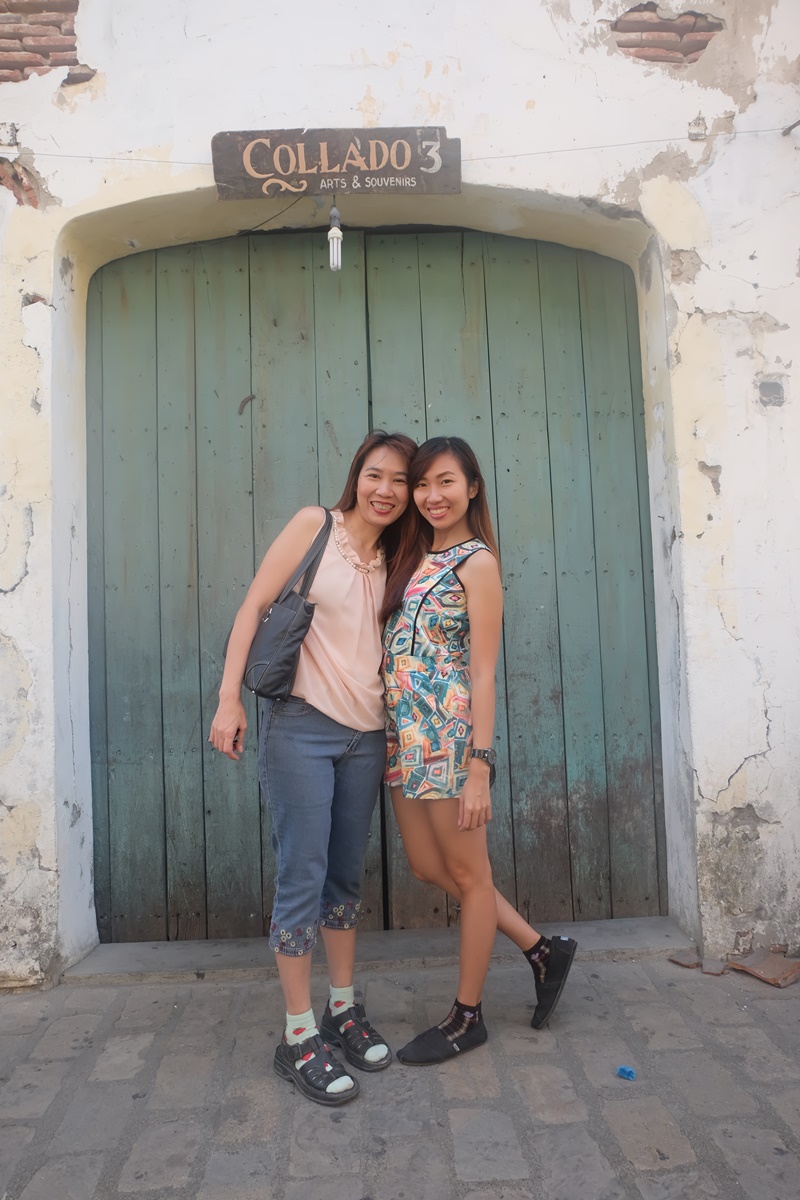

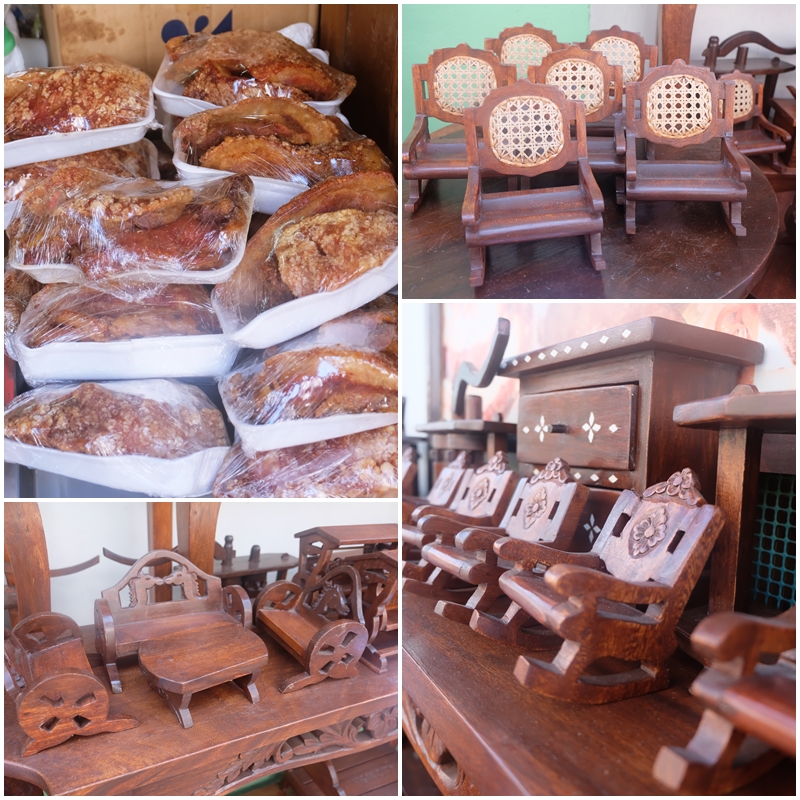
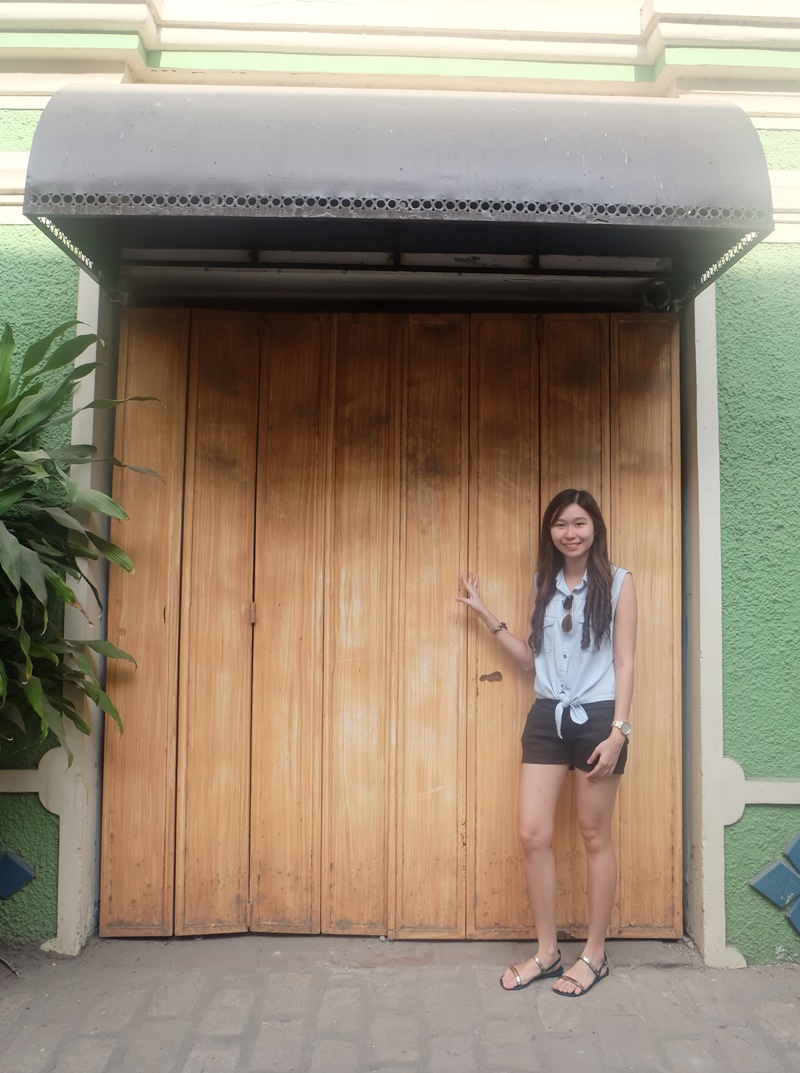
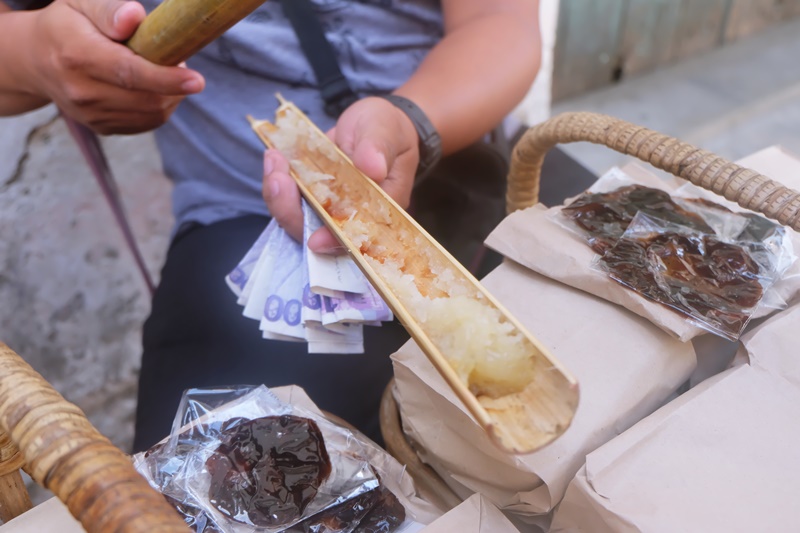


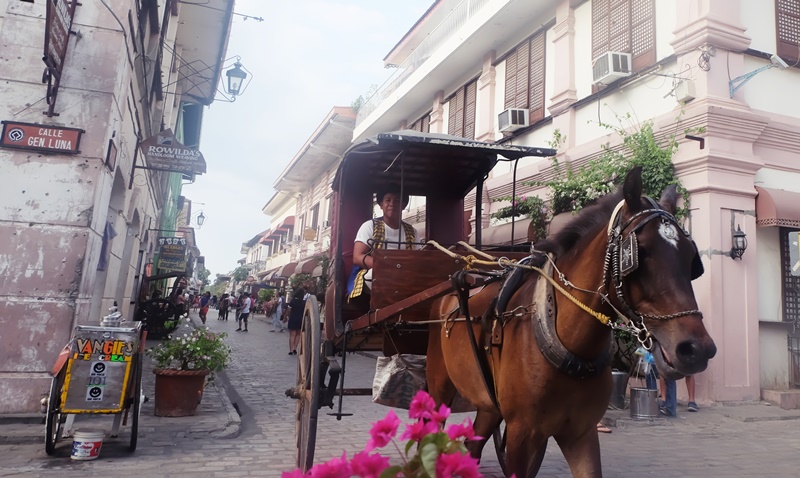



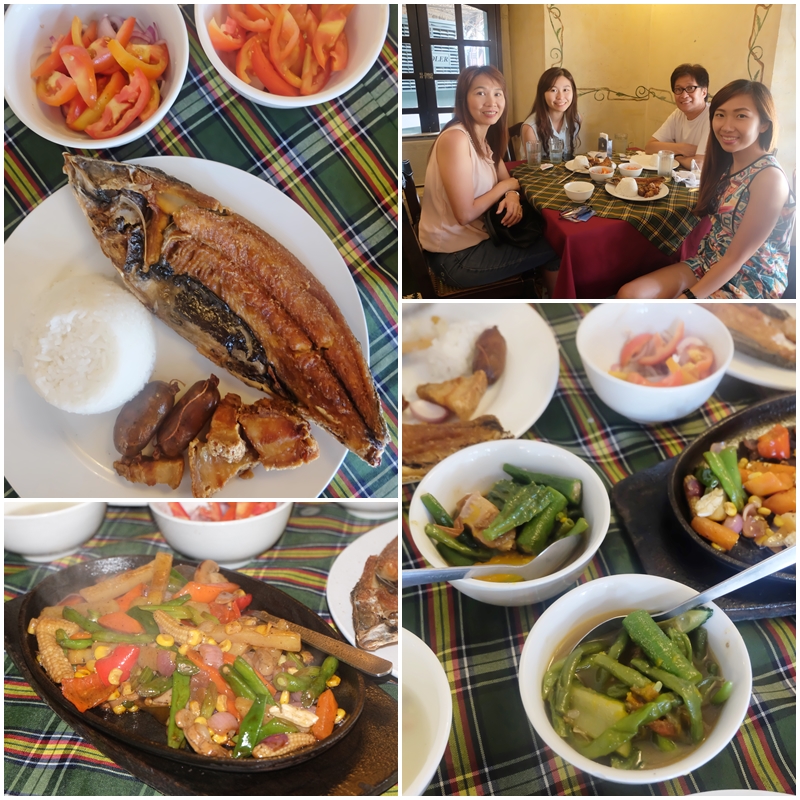
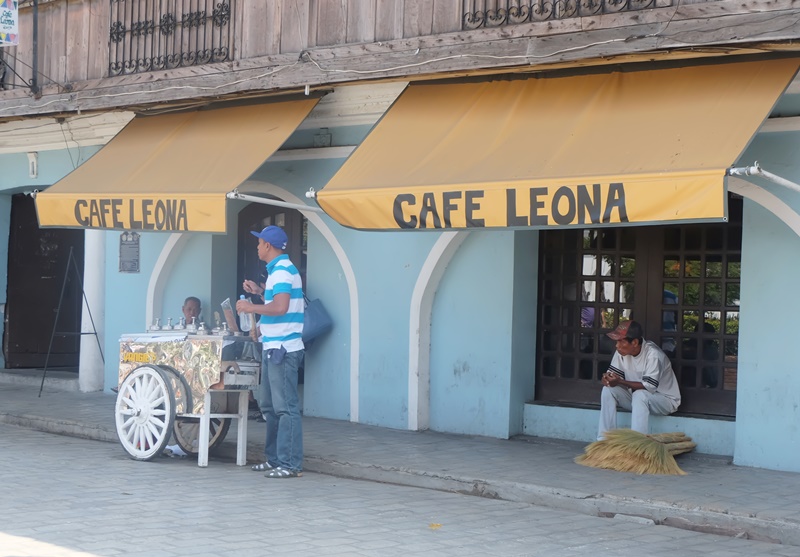

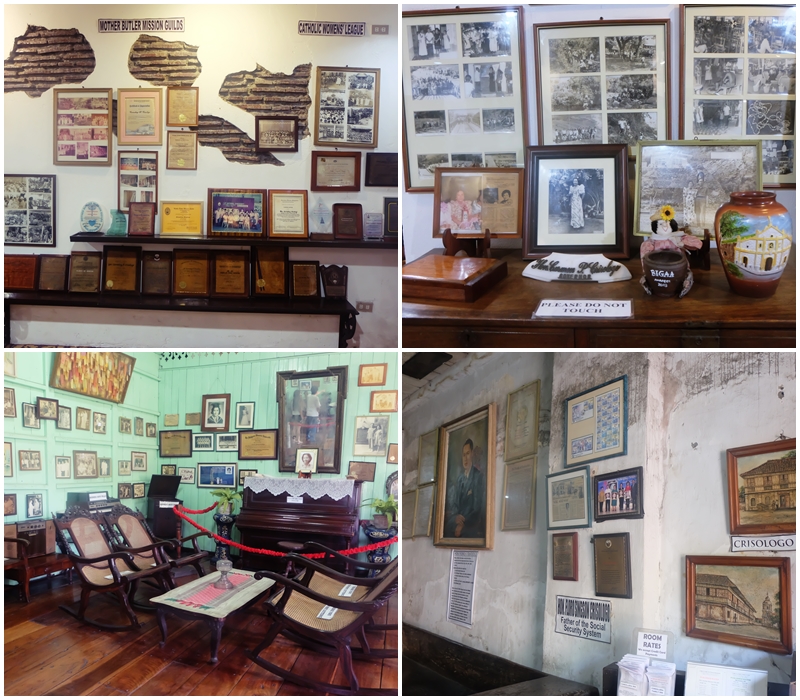

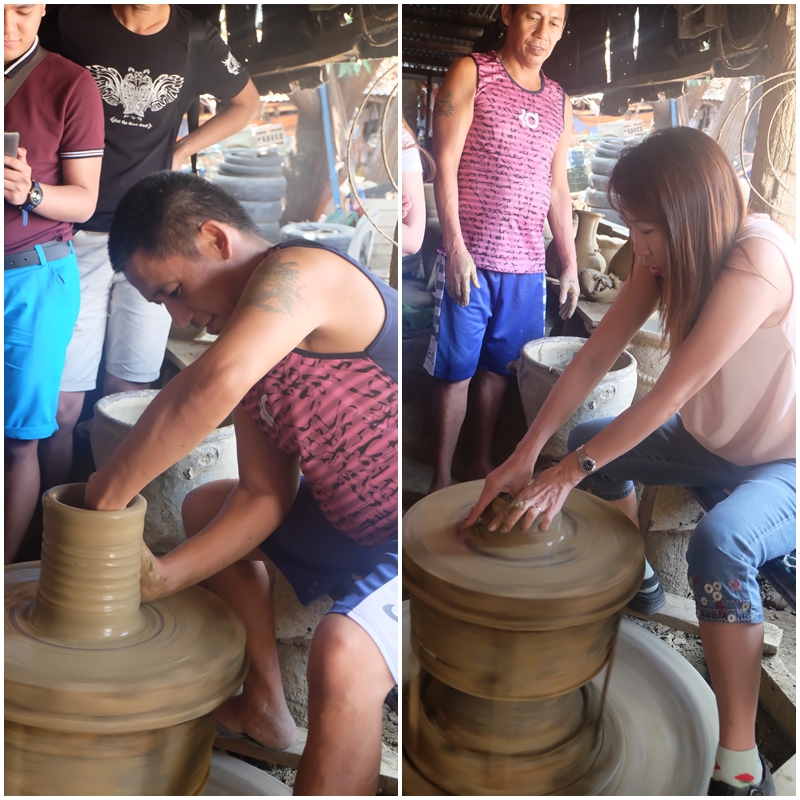
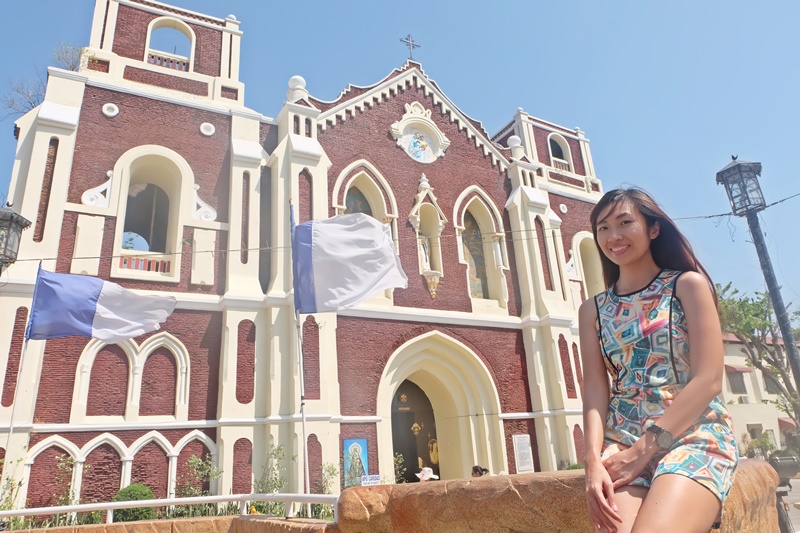





Leave a Reply to Amanda Love Cancel reply